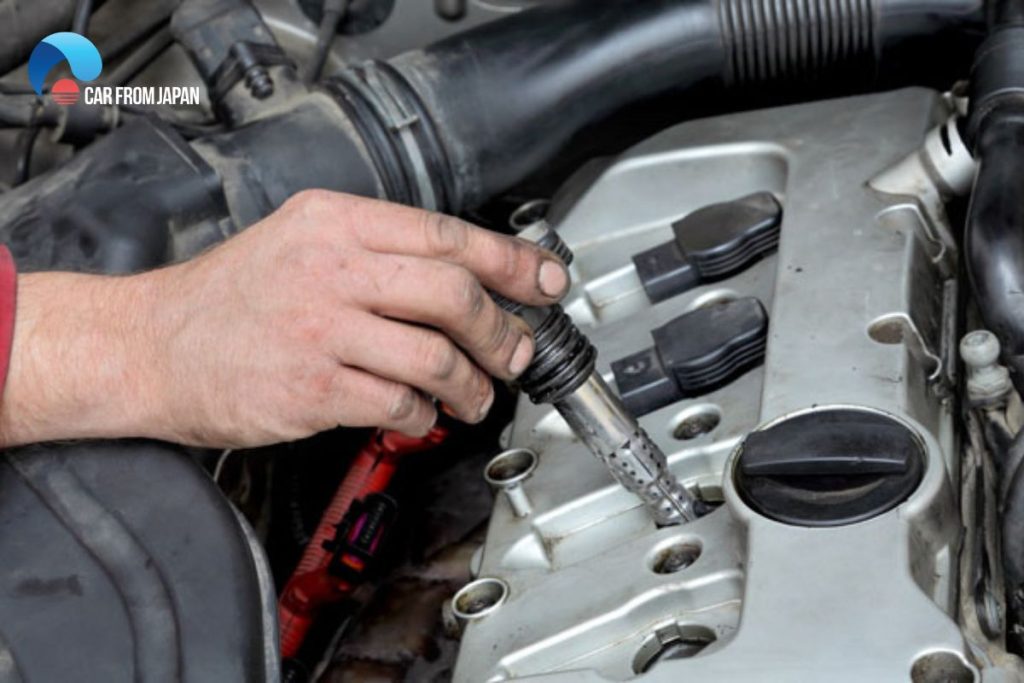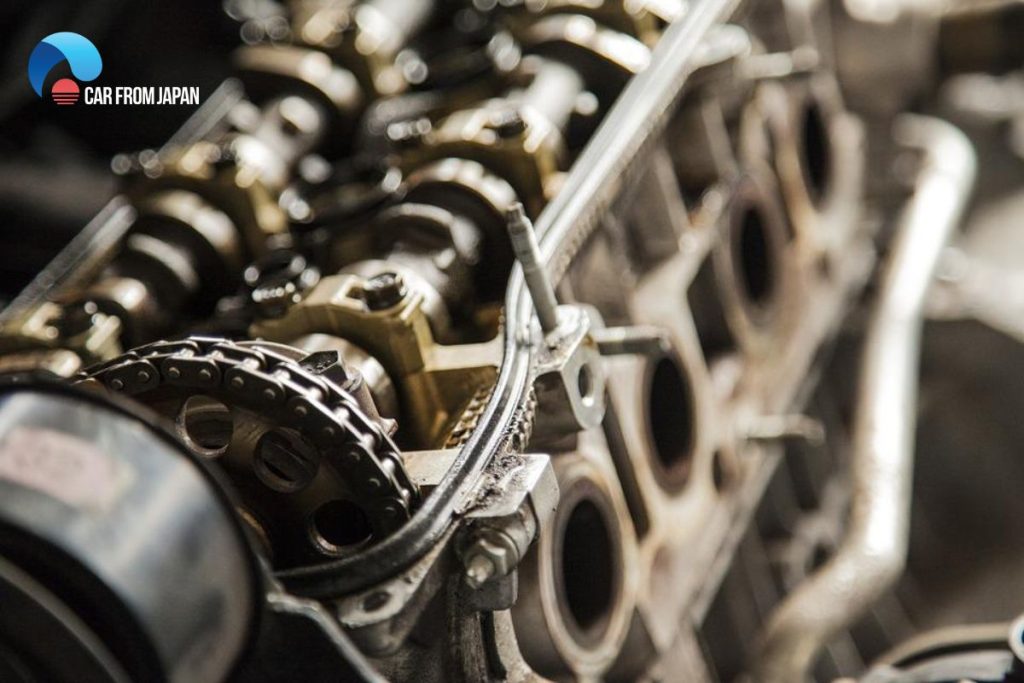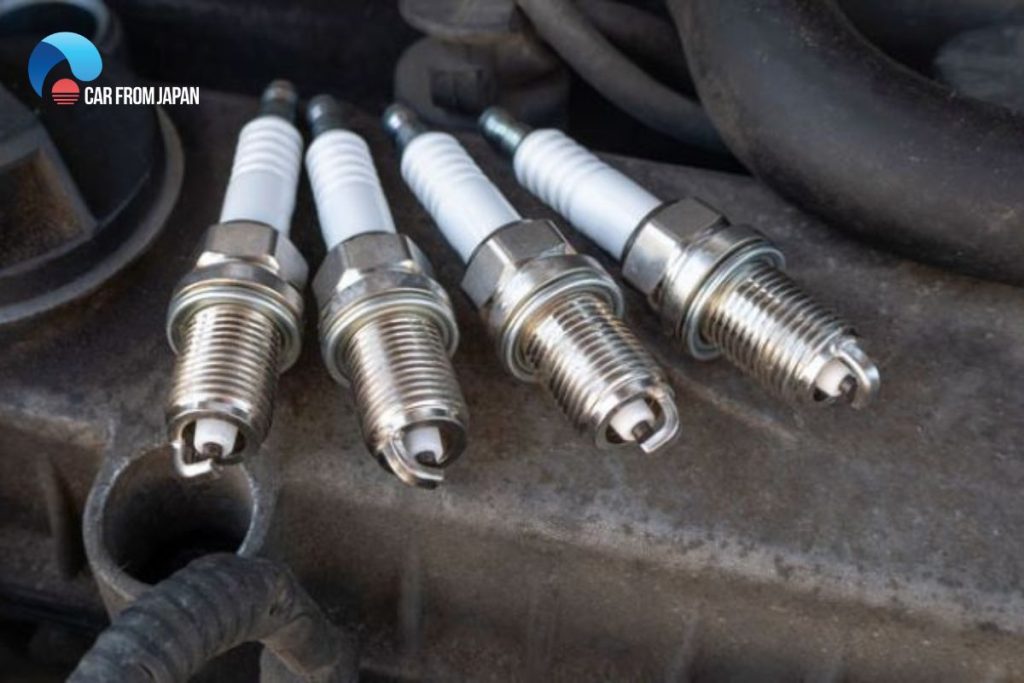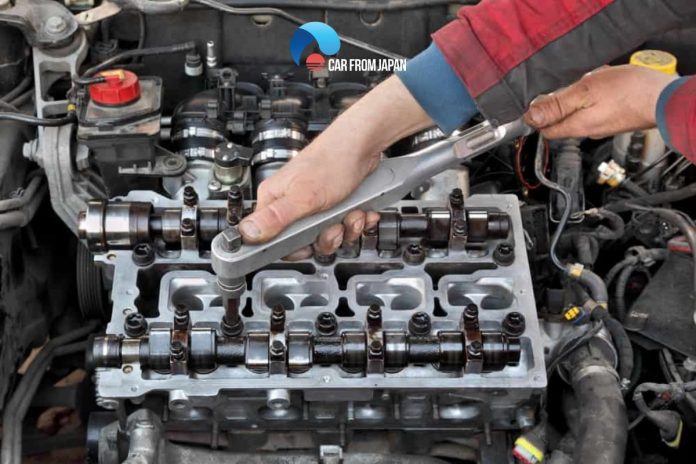Driving with a misfiring cylinder is not safe under any condition. It can cause severe damage to your car’s engine, and thus, most people advise not to drive with this problem.
Now, let’s delve into the dangers of driving with a misfiring cylinder and explore the solutions to fixing a cylinder misfire.
Contents
Understanding The Risk Of Driving With A Misfiring Cylinder
It is the car’s cylinder that is an essential part of the engine and where the combustion occurs. The right amount of combustion is necessary for delivering the needed power to your car for running high.
As per the type of engine in your car, there can be up to 12 cylinders in it. And if you are thinking that damage in any one of them won’t make a difference, then you should again give it a thought.
It entirely depends upon the damaged cylinders. How long can I drive with a misfiring cylinder?
If more of the cylinders are misfiring, you won’t be able to move far, whereas with a single damaged and misfiring cylinder, it is possible to drive a bi,t but that too with a higher risk quotient.
Now, driving with a misfiring cylinder causes a significant power loss in the car.
For example, if your car has 4 cylinders and all are working fine, your car will be running with 100% power. But, on the other hand, if any 1 cylinder, out of the 4, gets damaged, then your car’s power will drop by 25%.
Once you become aware of what causes a cylinder to misfire, the next thing that you should pay attention to is the effects that a misfiring cylinder can cause.

What Does A Misfiring Cylinder Cause?
Is a cylinder misfire safe to drive? Definitely no! But what makes it so unsafe to continue driving with a misfiring cylinder? It is the effects that it causes on your vehicle.
1. Lower car performance
The first and foremost effect that driving with a misfiring cylinder will bring is a reduction in the car’s performance.
As with one misfiring cylinder, the load will get on the other cylinders and they will have to put in more effort for pulling the vehicle; this will reduce the car’s performance to the maximum.
There is a high chance that the enhanced load will damage the other working cylinders as well.
2. Abnormal vibrations
Power loss and strange vibrations are two of the most obvious symptoms that your cylinder is misfiring.
Because the cylinder drives the engine, your fuel efficiency will deteriorate dramatically as the other operating cylinders adjust for the lack of power.
If your car shakes while idling in a very abnormal way while idling, this is a symptom of a misfire.
When these signals are combined, they are certain indicators that your cylinder is misfiring and should be checked by a mechanic as soon as possible.
3. Reduced Fuel Efficiency
It is quite obvious that by lowering the performance of the car, your car’s fuel efficiency will also be reduced.
It will demand more fuel for its functioning and working and this will demand frequent fuel refills. Thanks to this, your car’s average while driving will also reduce to almost half of what it was before.
4. Noise
How can you forget the unbearable noises that come when you are driving with a misfiring cylinder?
These noises from your car are an indication that something is wrong with your car and it needs your attention.
If these noises are left unmanaged, they will increase with time and will eventually damage the car. Therefore, it is better to pay attention to these noises before they damage the car in such a way that it cannot be recovered ever.
5. Engine damage
Last but not least, the misfiring cylinder will degrade the car’s engine, and it will not perform in the desired way. Also, the output expected from the car’s engine will not be the same.
You don’t need to mention how long I can drive with a misfiring cylinder.
The damaged engine will also introduce some other car issue,s which, if left ignored, will damage your car. We are sure you certainly don’t want that. Isn’t it?

How Long Can You Drive With A Misfiring Cylinder
In most automobiles, you could theoretically travel thousands of miles with a misfiring cylinder. The engine’s other cylinders will continue to produce power.
So, even if you shake and stall along the wall (and don’t acquire much speed or acceleration), the car will still operate. However, you should not drive a car with a misfiring cylinder any further than necessary.
When a misfire is detected, many modern vehicles enter “limp mode,” restricting maximum speed and making the vehicle unpleasant to drive.
As a result, you might drive with a misfiring cylinder for a time. The best solution is to drive it as far as the next mechanic or safe location to halt, then make repairs before continuing.
How Do You Fix A Cylinder Misfire?
Identifying the source of the problem is the first step in making remedies. The most convenient choice for most individuals is to visit a mechanic.
That being said, if you are a do-it-yourselfer and want to give it a go, this is how to fix a misfire:
- Step 1: Using an OBD2 scan tool, look for any diagnostic issue codes associated with misfires. This can aid in your diagnosis.
Even codes unrelated to misfires, such as those relating to the fuel delivery system, MAF sensor, or oxygen sensors, which are caused by the same conditions that cause the misfire, can occasionally be useful.
- Step 2: Locate and plug any leaks in the fuel system’s vacuum lines. Air leaks are a main source of a poor air/fuel ratio, which is a typical cause of misfires.
- Step 3: Examine the spark plugs for any damage. Replace them if they are stained with oil or worn.

- Step 4: Use a fuel pressure gauge to test your fuel system. If the reading is low or inconsistent, the fuel filter or the fuel pump itself should be replaced.
- Step 5: Using a multimeter, check the coil pack of the spark plugs. The resistance across the spark plug wires should be the same. If this is not the case, the coil must be changed.
Because misfires can have a variety of reasons, detecting and resolving the problem can be difficult. This is one of the reasons why, unless you are an experienced DIYer, it is frequently advisable to go to a technician.
FAQs
How much does it cost to fix a cylinder misfire?
It’s most likely not going to be anything too expensive. The most common causes of a cylinder misfire are ignition coils, injectors, or spark plugs. We’d expect repairs to cost around
$200−$400 depending on the problem, although there is a small chance it could be something more serious like a worn valve.
Can a cylinder misfire be repaired itself?
A cylinder misfiring does not simply disappear; they must be addressed promptly. Even if they don’t become much worse, they won’t get any better unless you have the car serviced.
How can you avoid an engine misfire?
Following the prescribed maintenance in your handbook is the best method to avoid an engine misfire situation. Maintain your vehicle’s engine to manufacturer specifications.
A yearly trouble-code scan by a well-equipped shop can also reveal any possible issues before they become severe issues.
Can misfiring cylinders make a car overheat?
An engine misfire is a defect in which one or more of the engine’s cylinders do not work. It causes excessive engine wear and overheating, as well as scuffing of piston and cylinder surfaces.
Check out this video from Helpful DIY to learn more about some common symptoms of a car misfiring while driving!
Conclusion
Driving with a misfiring cylinder is not recommended and can pose risks to both your safety and your vehicle’s health.
While a minor issue like a faulty spark plug might be a relatively inexpensive fix, ignoring the problem could lead to more serious and costly damage down the road.
If you experience symptoms of a misfire, it’s crucial to have your car inspected by a qualified mechanic as soon as possible.
If you still have any doubts about the car’s functioning with the misfiring cylinder, comment below! We will get back to you with the best advice and information.




I just learned today that my cylinder 5 is misfiring, the check engine light came on today. I have to go to work tomorrow. To and from about 50 miles. My bosses will not let me call in. Is it worth the drive?
Hello Sir, my 2ZR car always has issues with the ignition coil in cylinder 3.. I have always changed to correct and new spark plugs but all the time ignition coil at cylinder 3 gets damaged.. Please advice me on what could be the cause of this damage only to cylinder 3? Others ignition coils get damaged once the 3rd coil gets damaged..Thank you
I am experiencing the same problem with fielder 2zr engine. And this things are very costly this is the fourth time now in 2yrs.
Is it unsafe for the driver to use the vehicle? There is a misfire in the 3rd cylinder on a 2004 Mini Cooper. It is my first car and I want to pass it to my little brother as I just leased a new car.
Thanks!